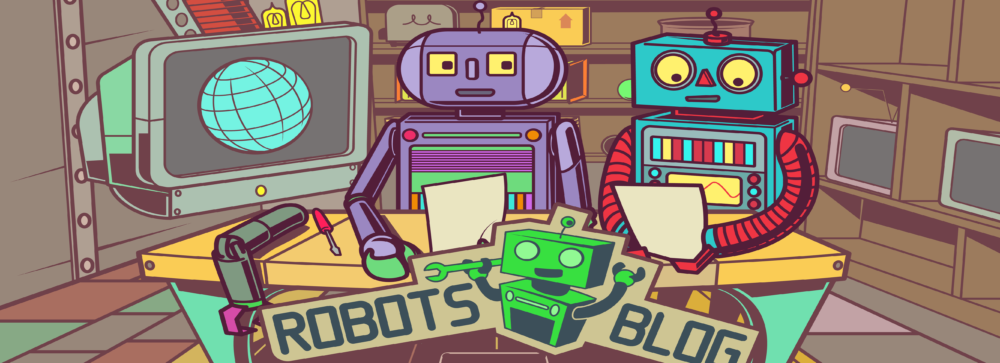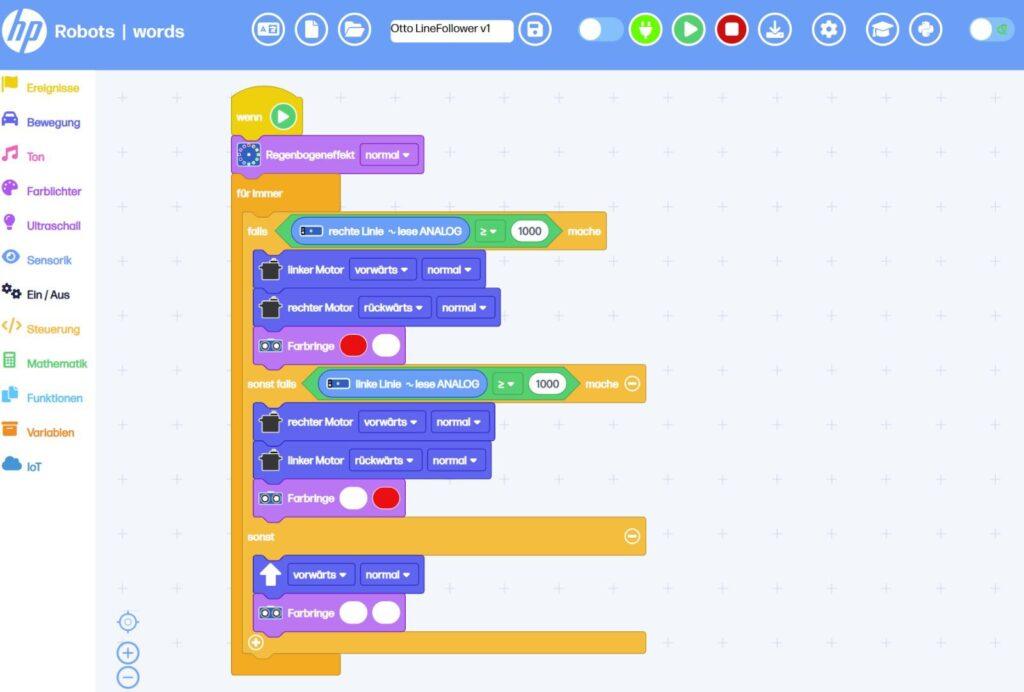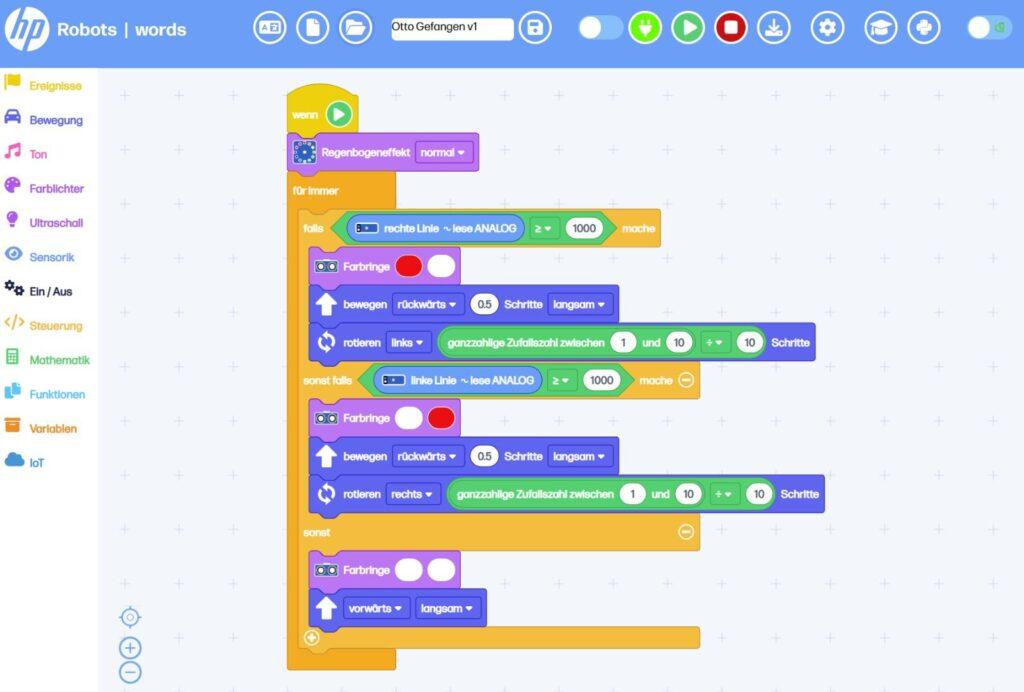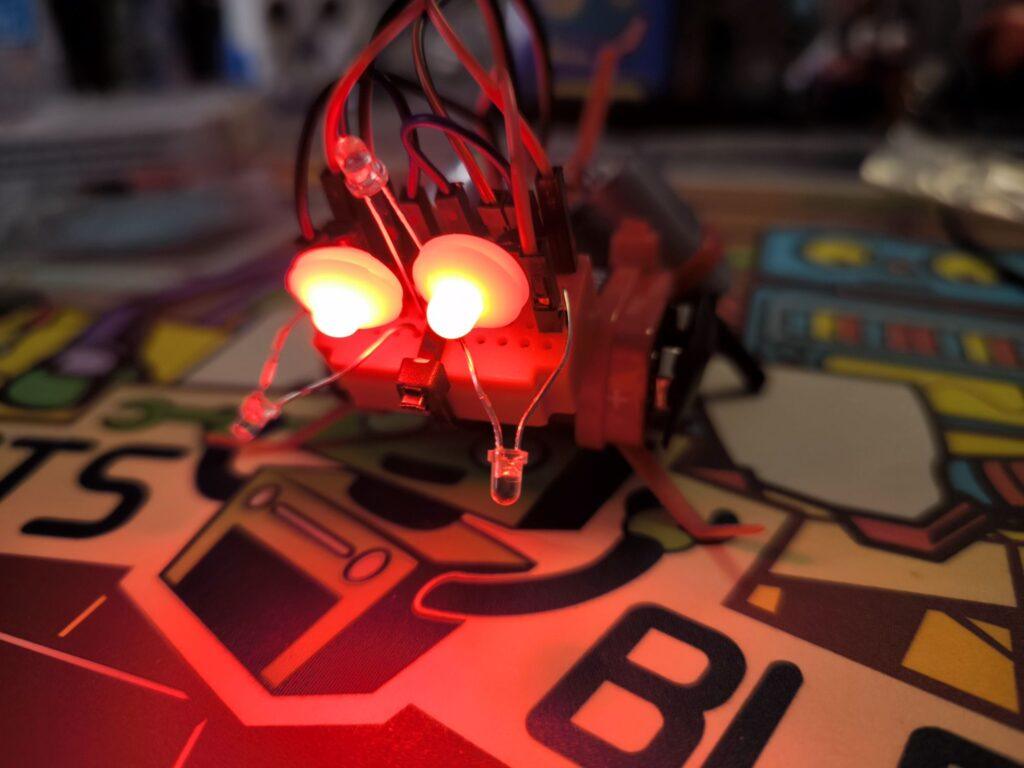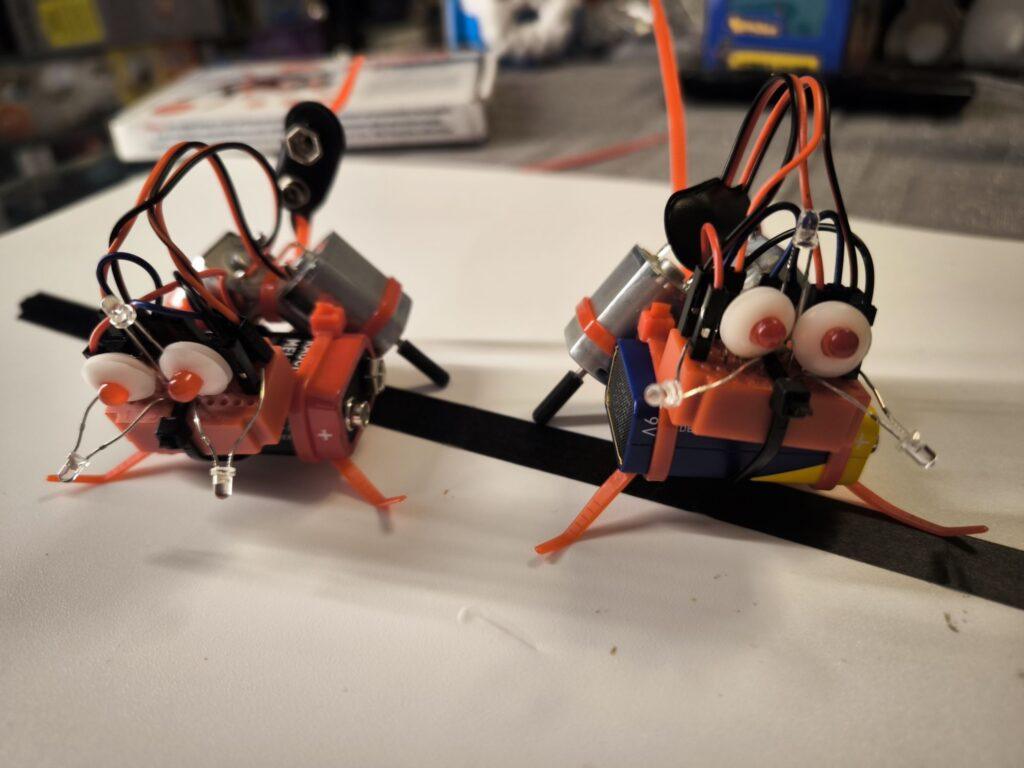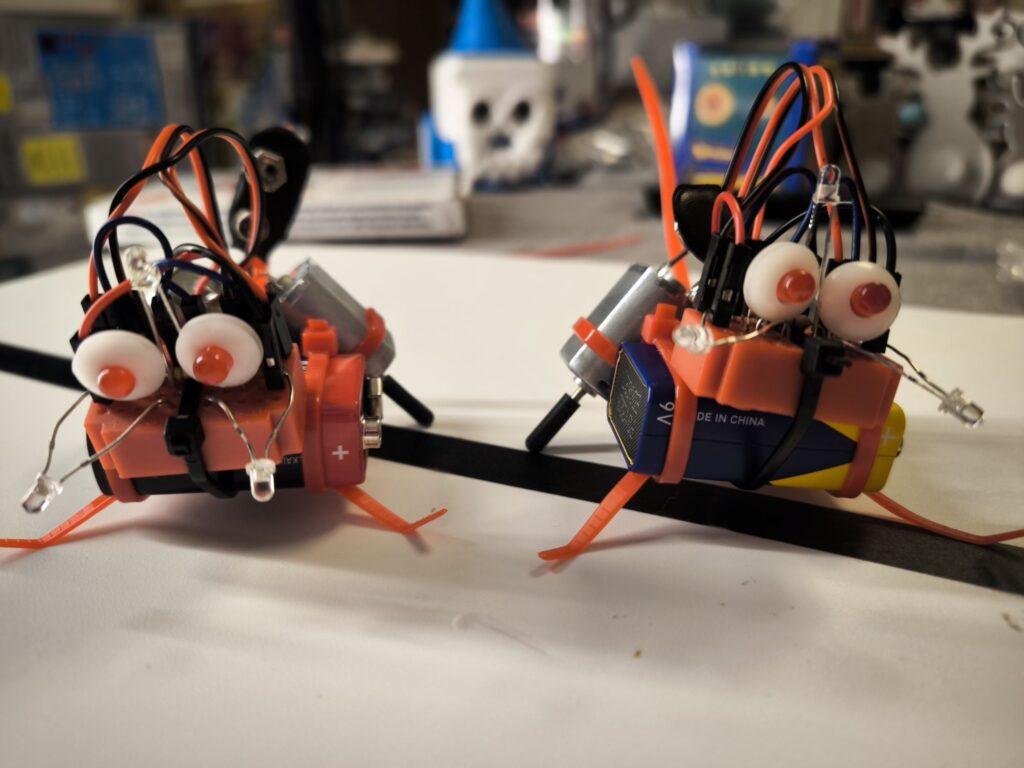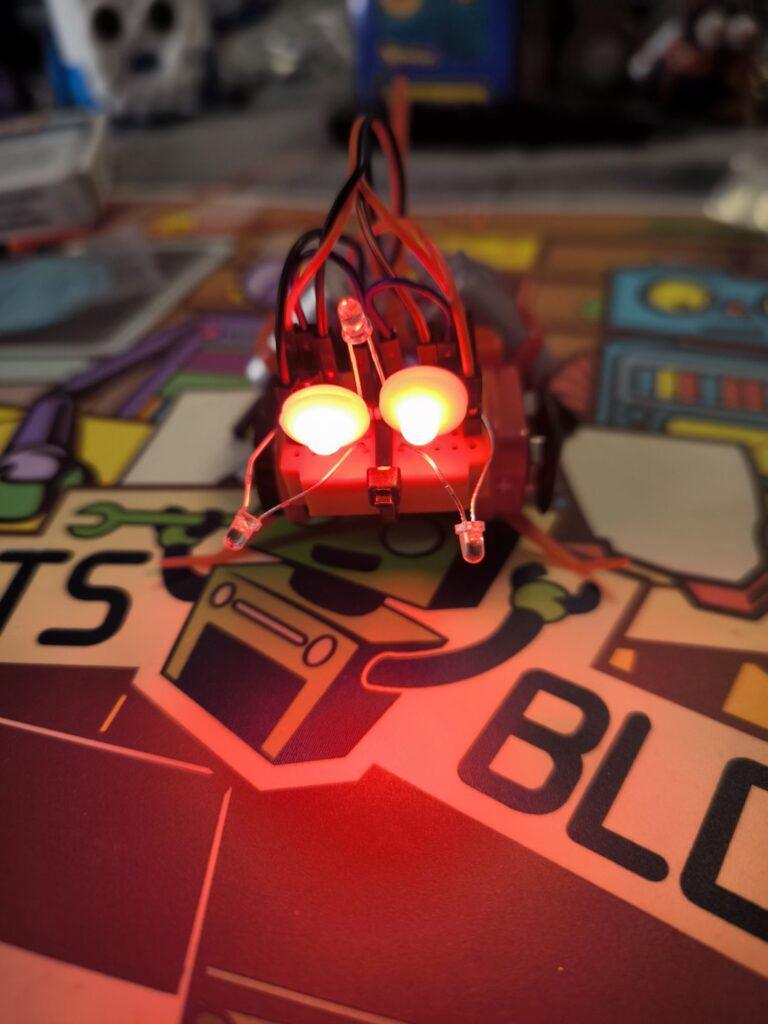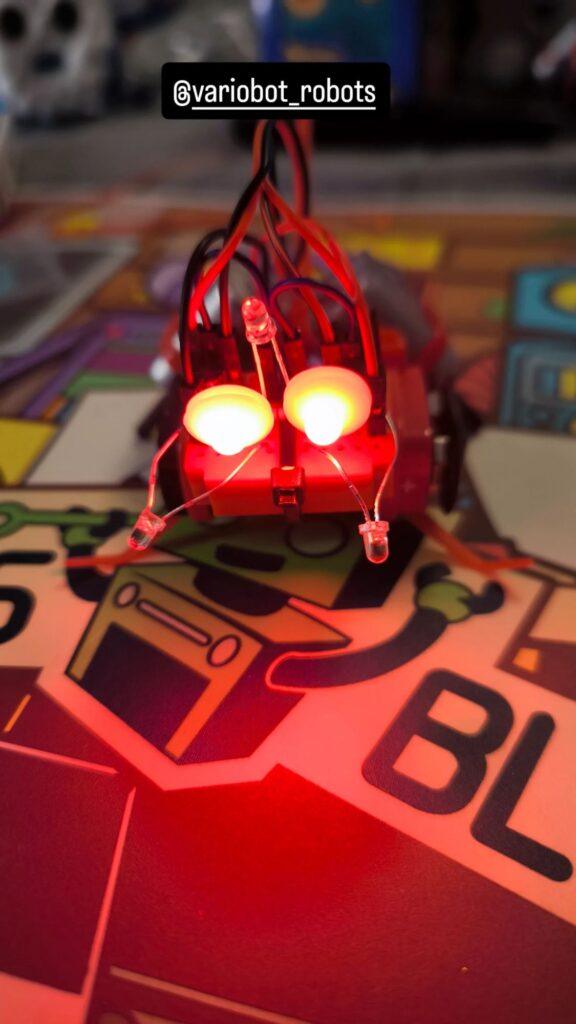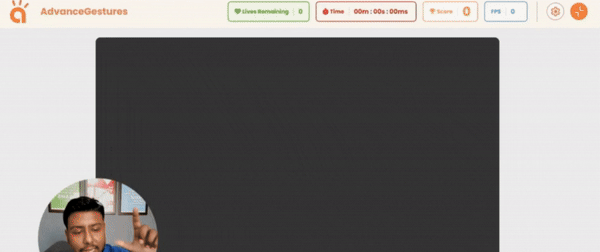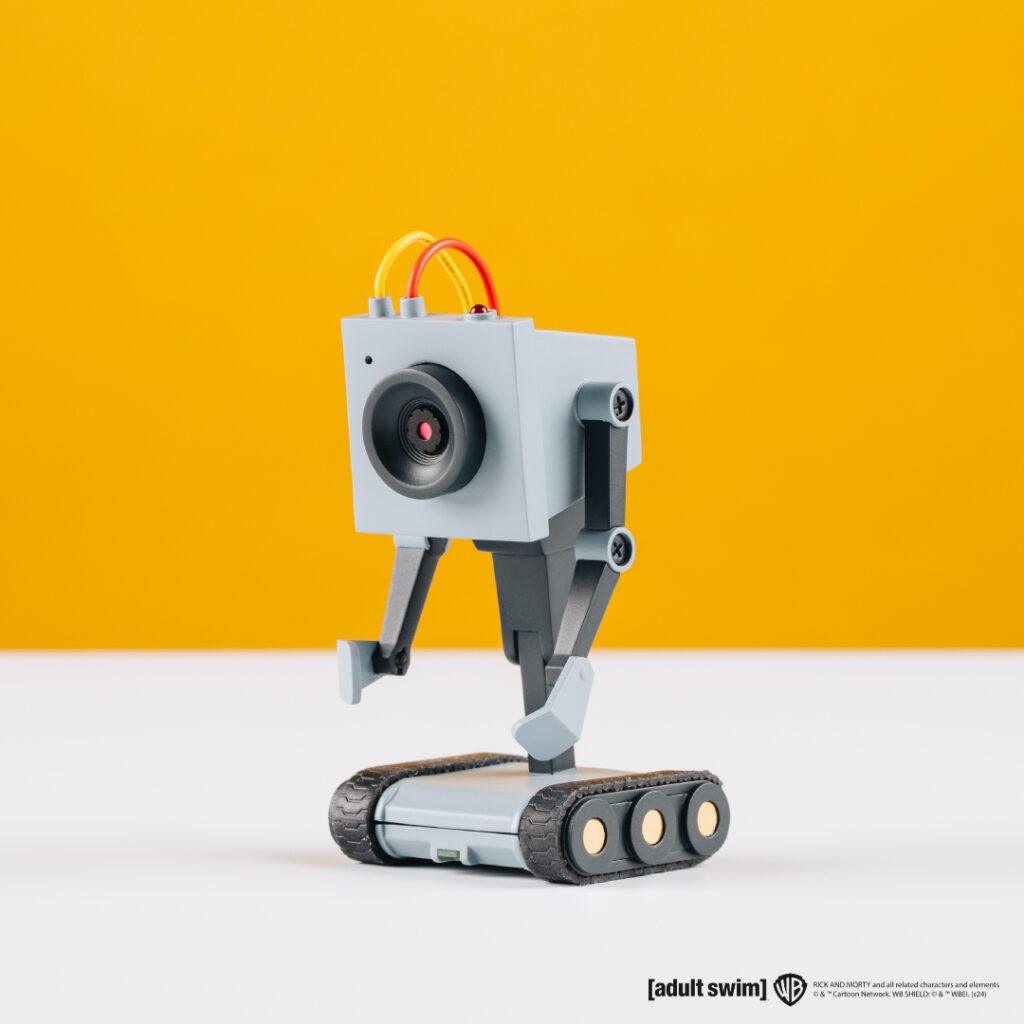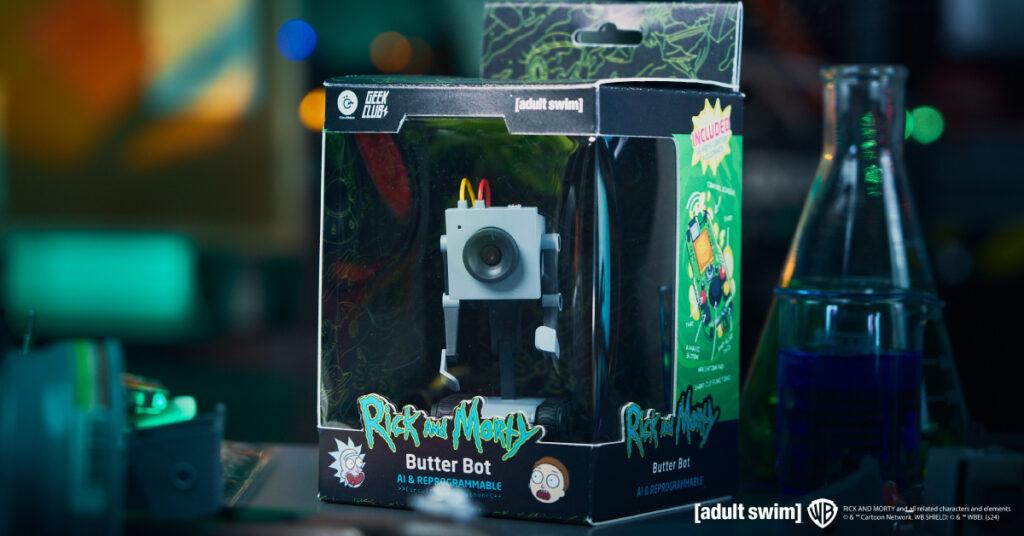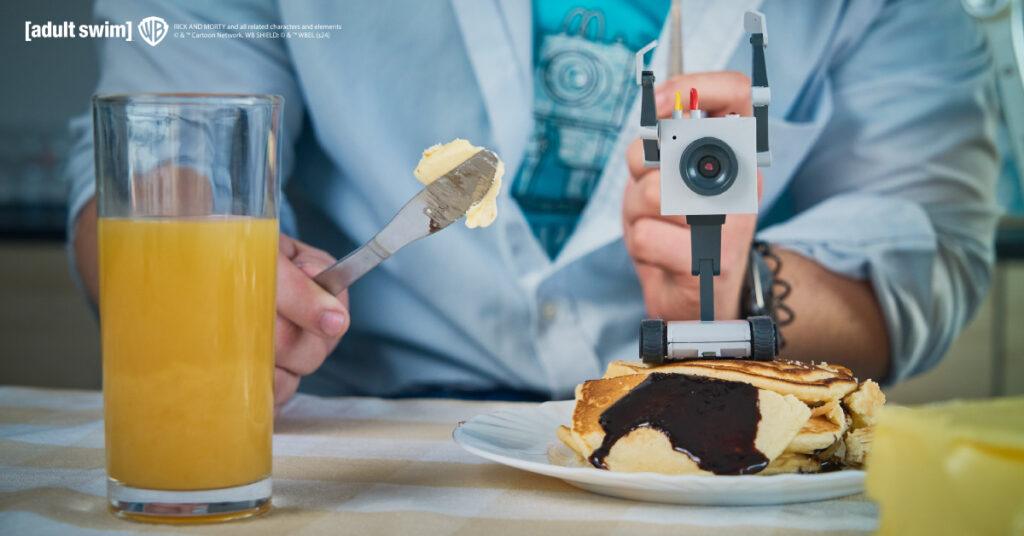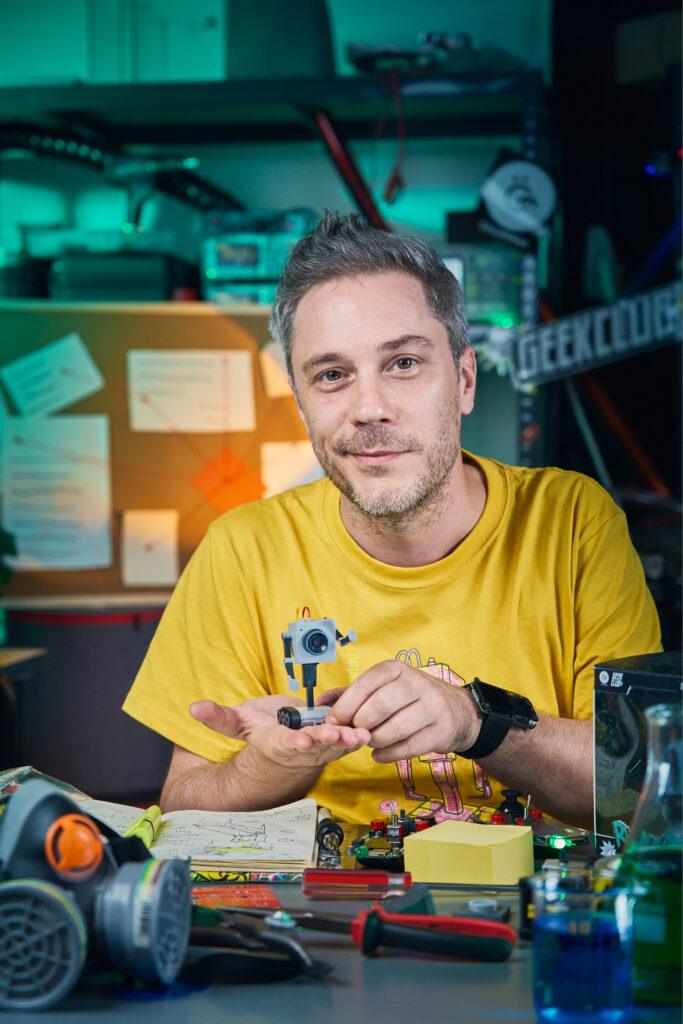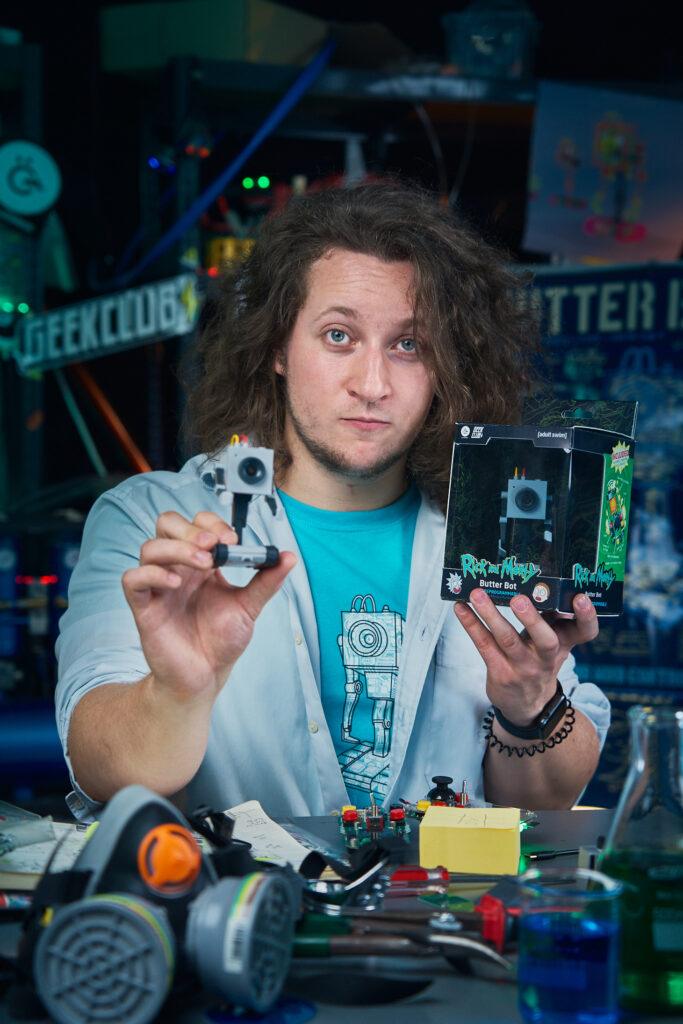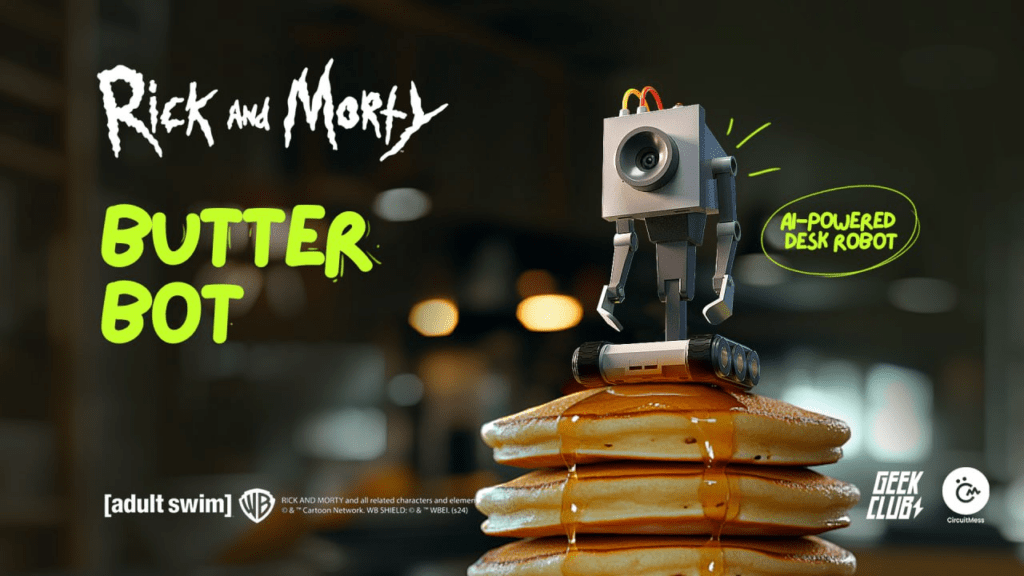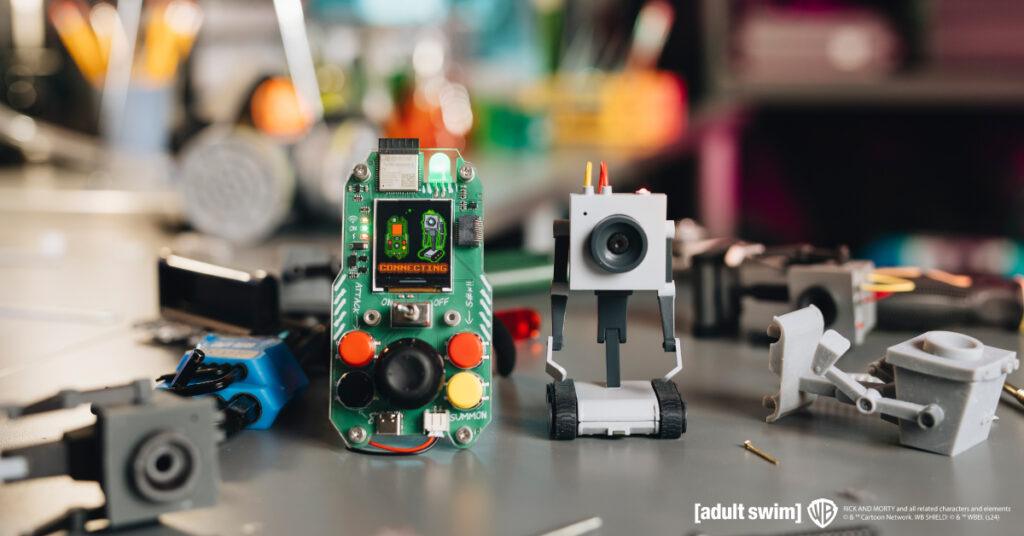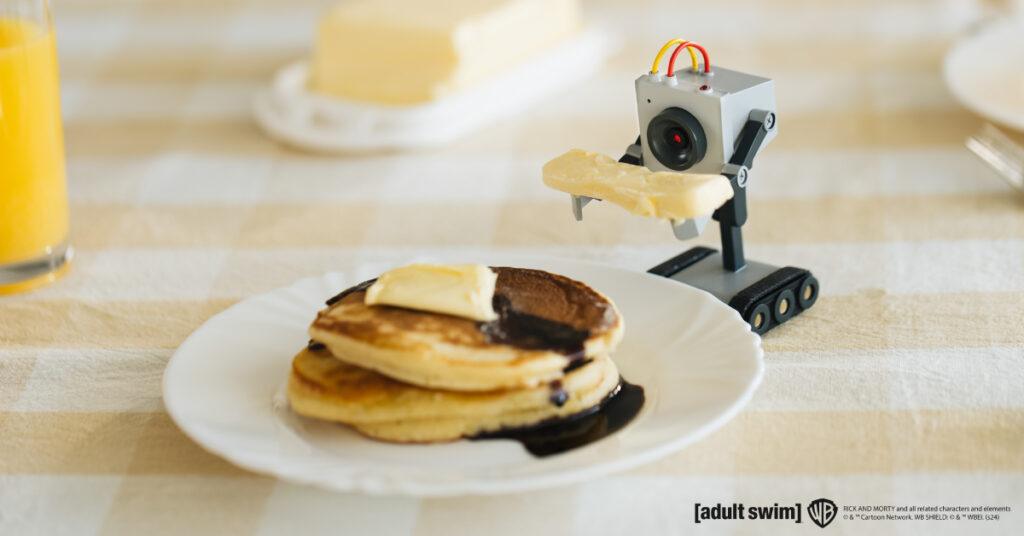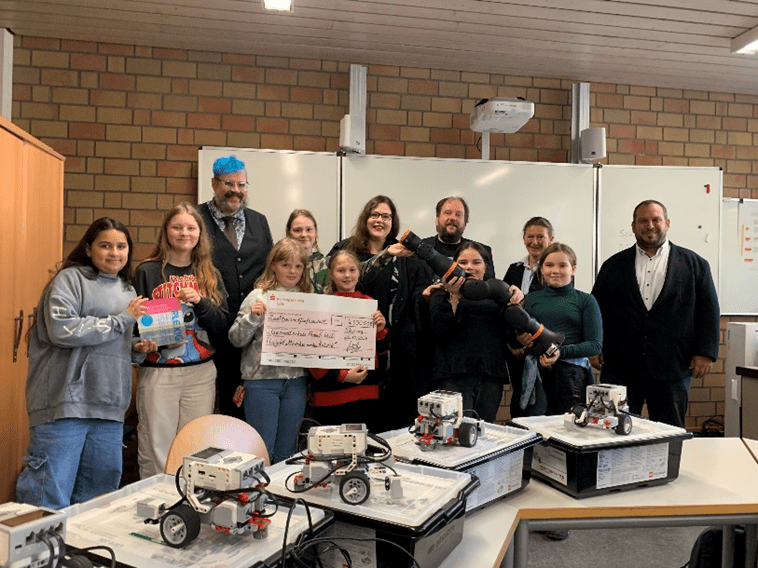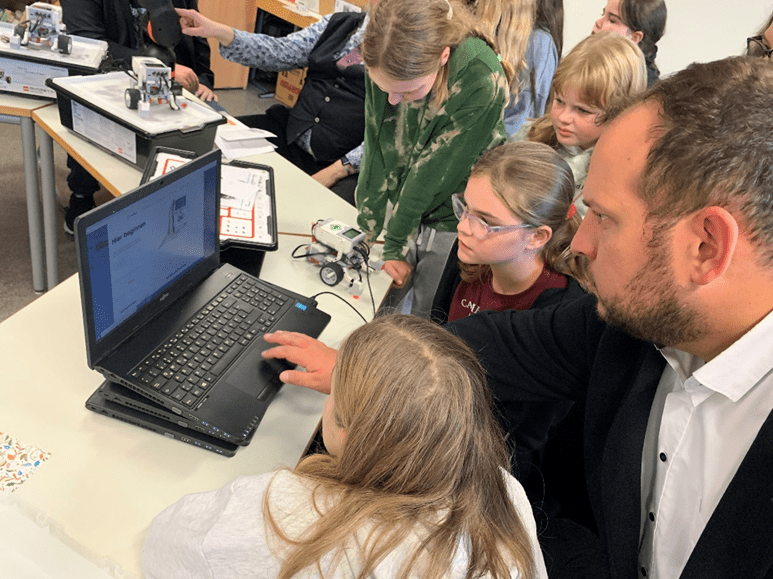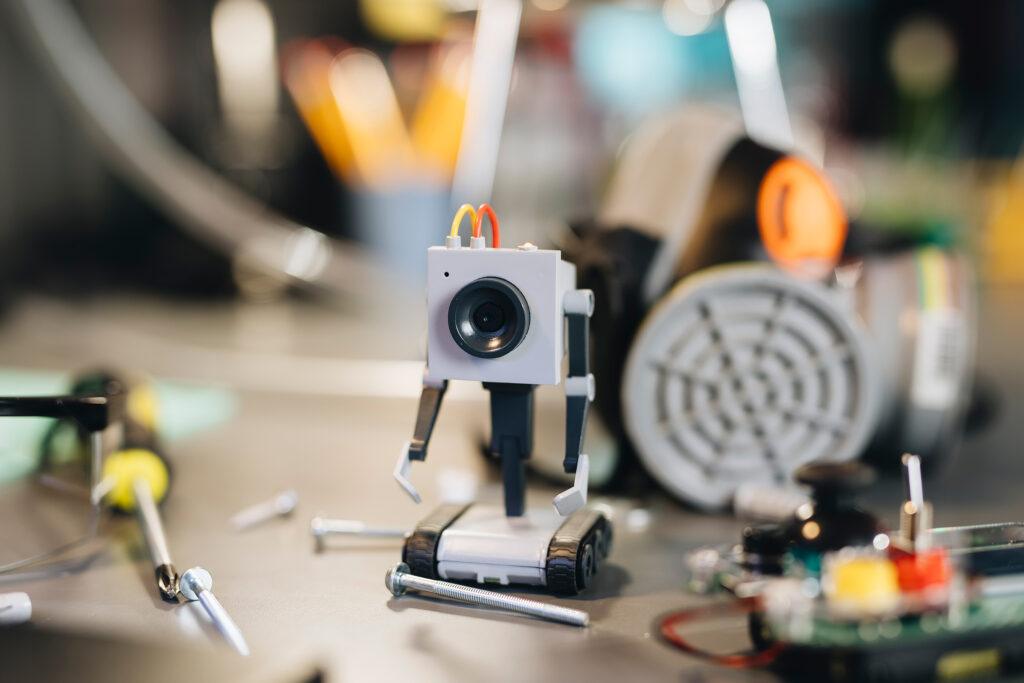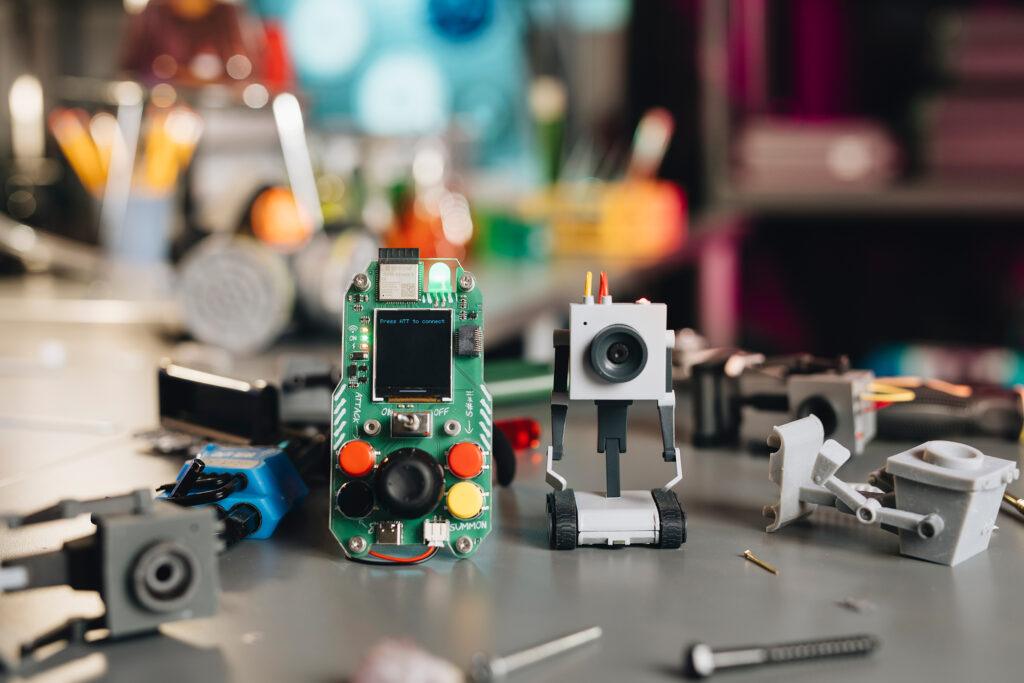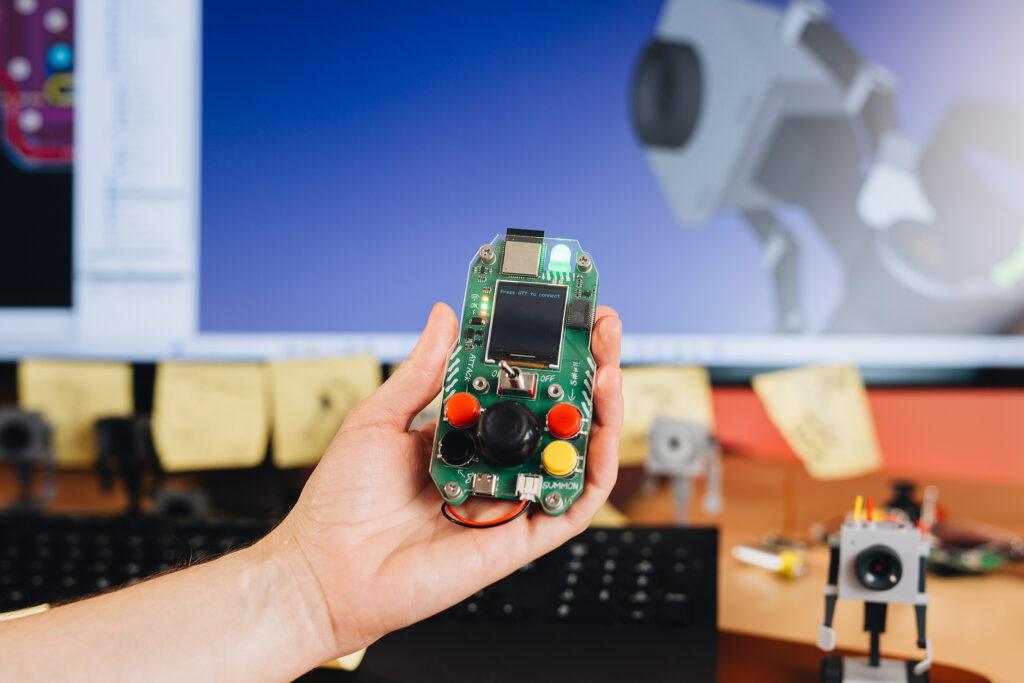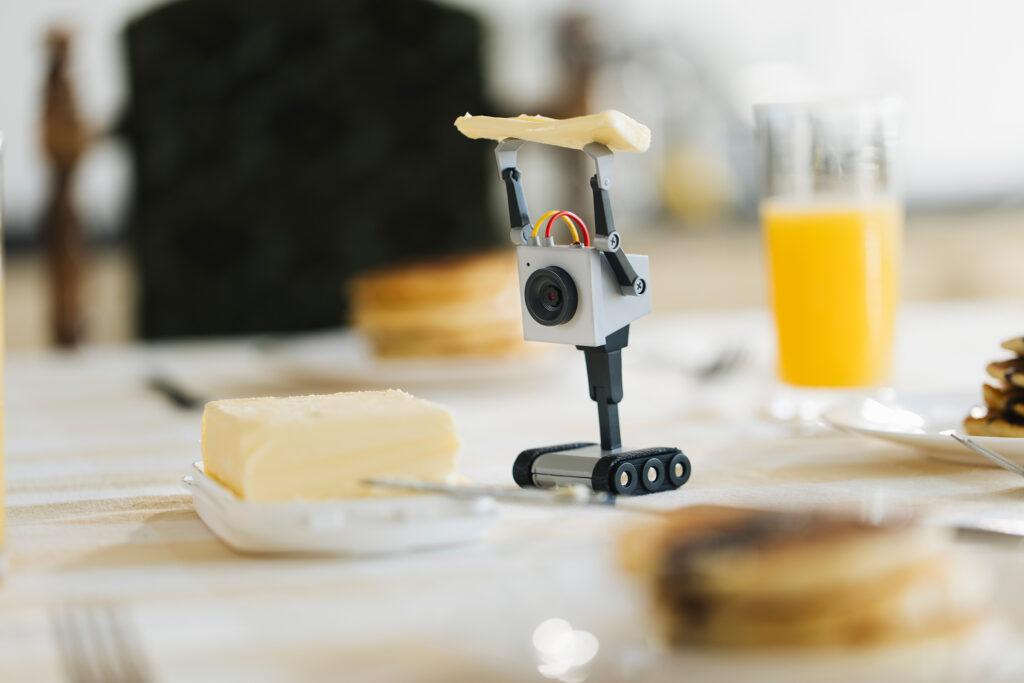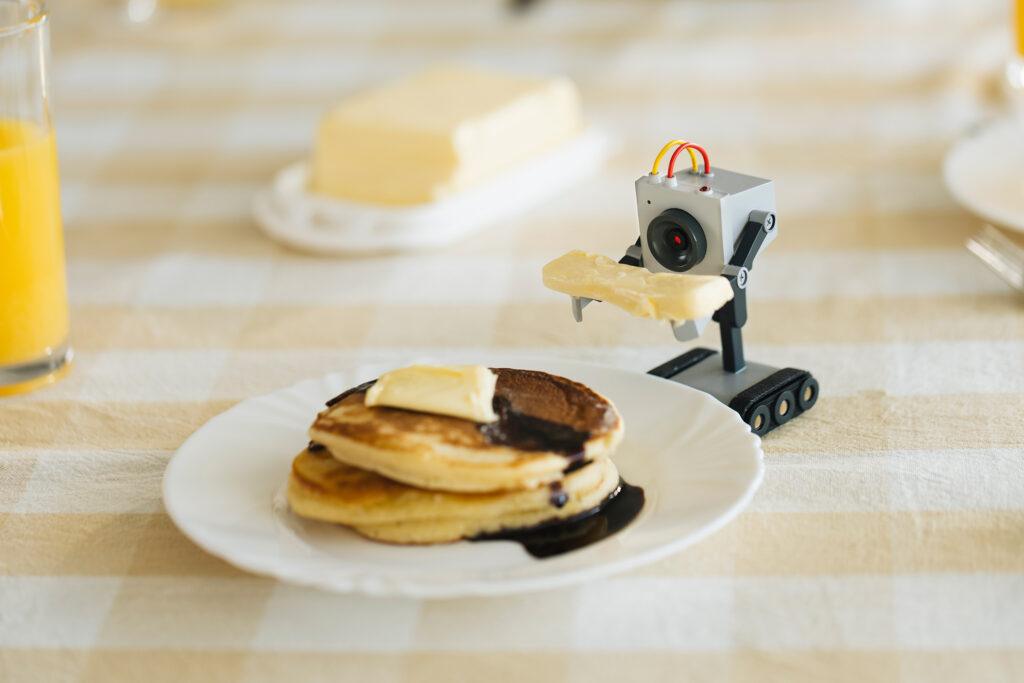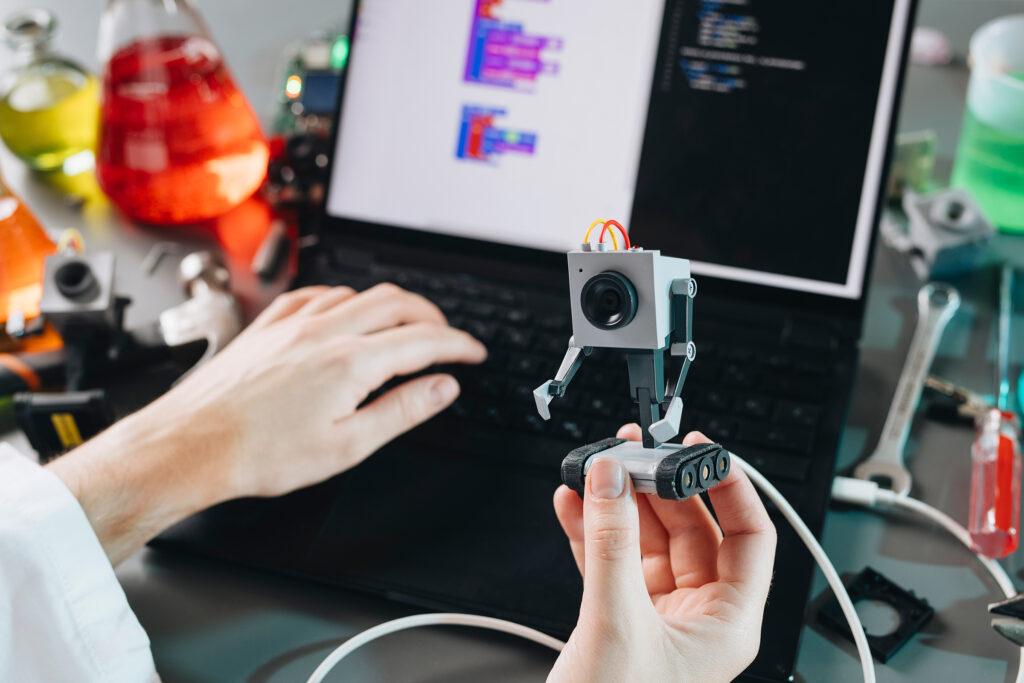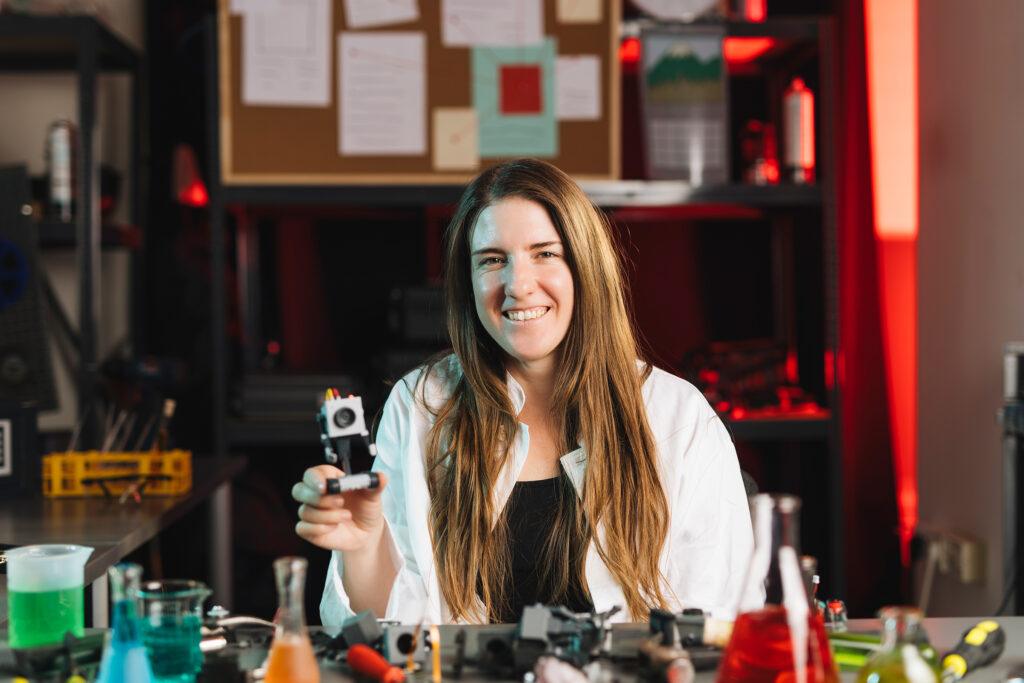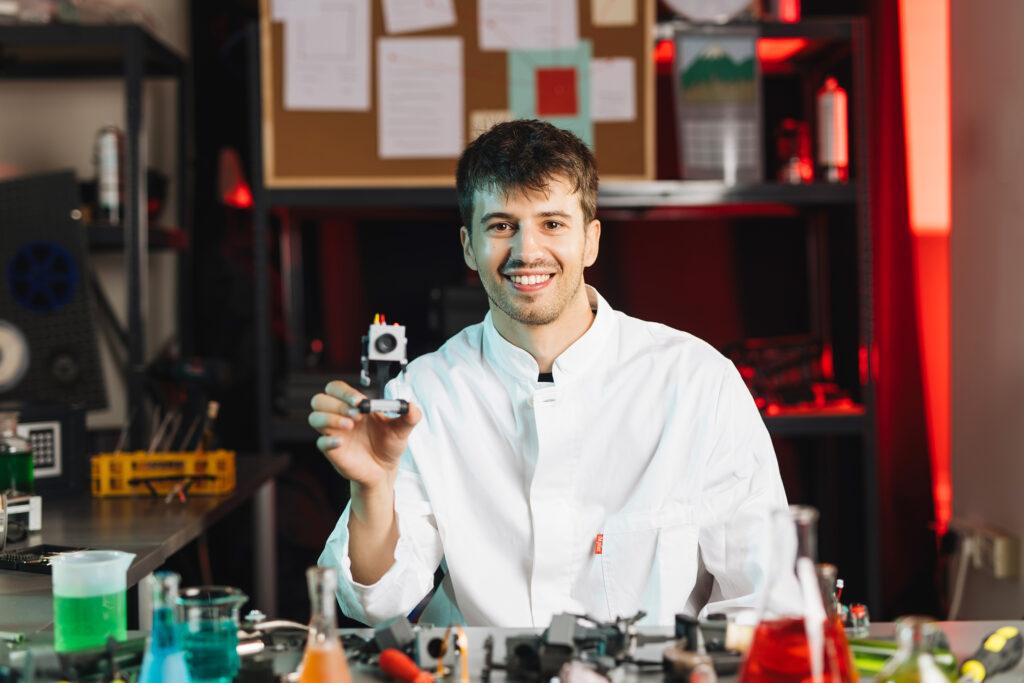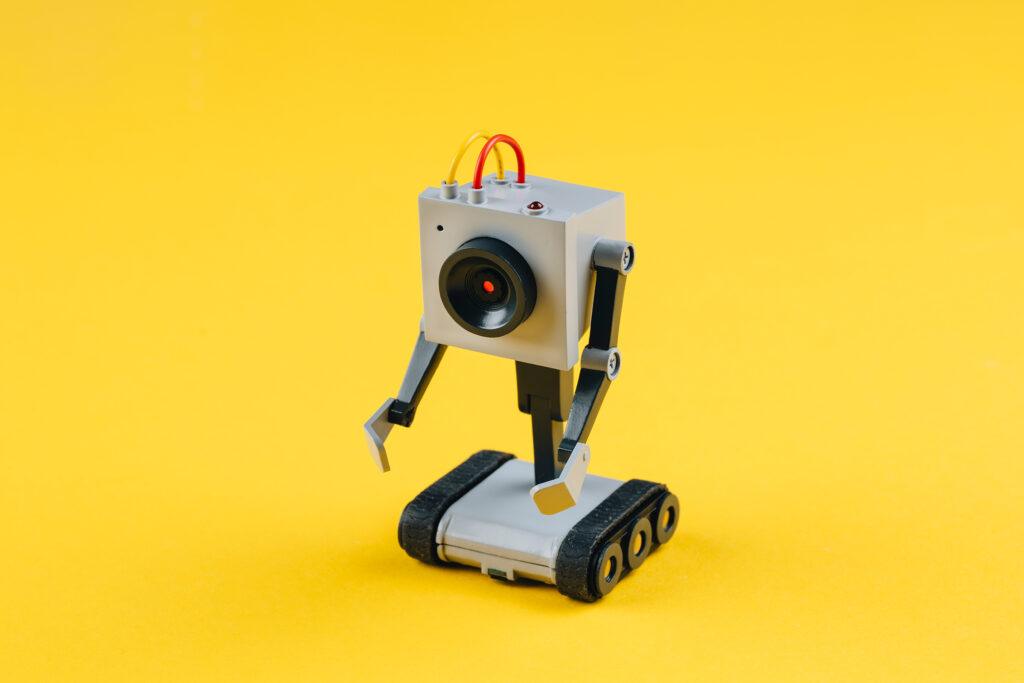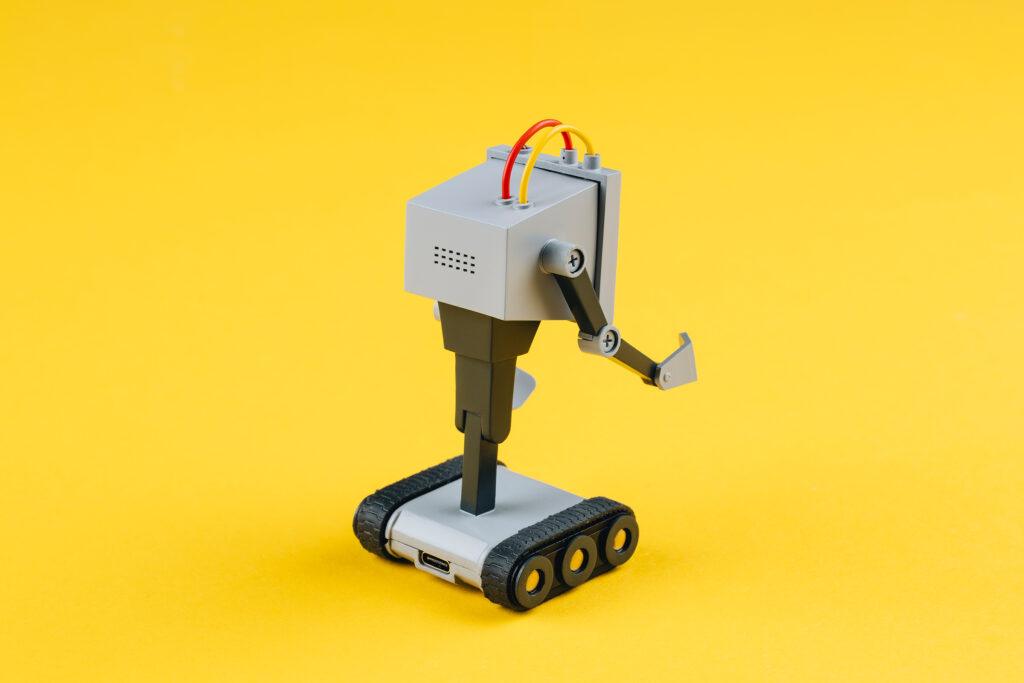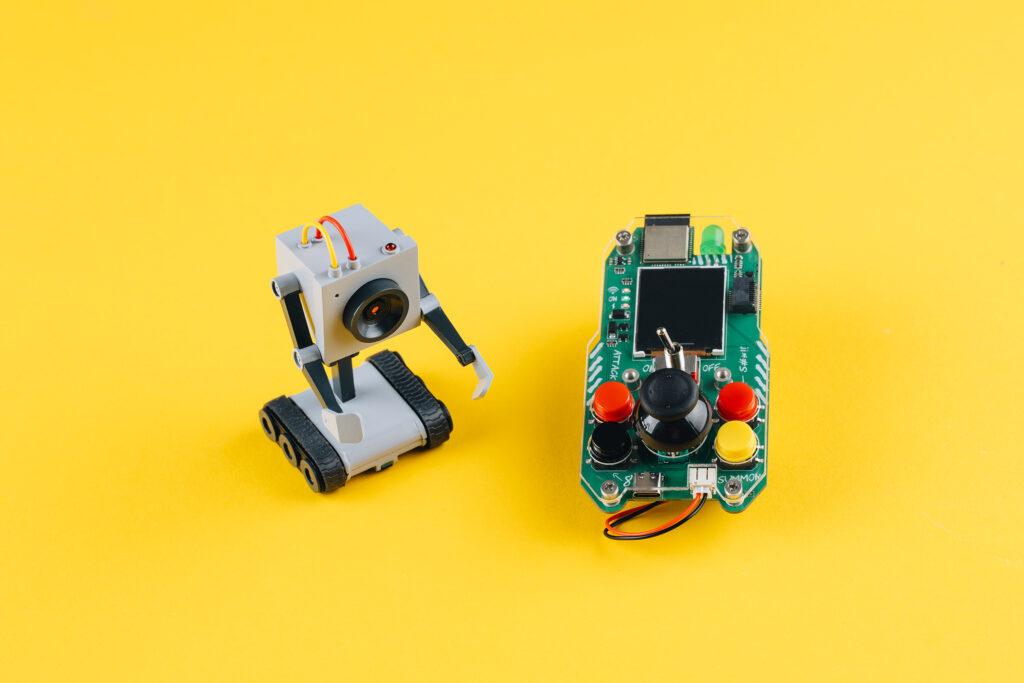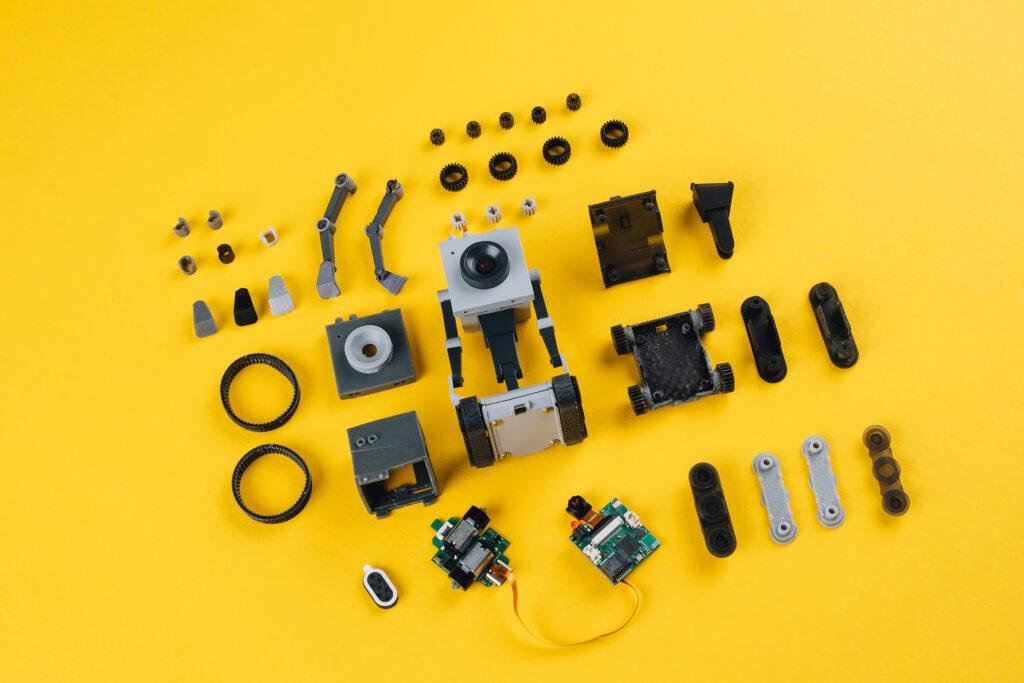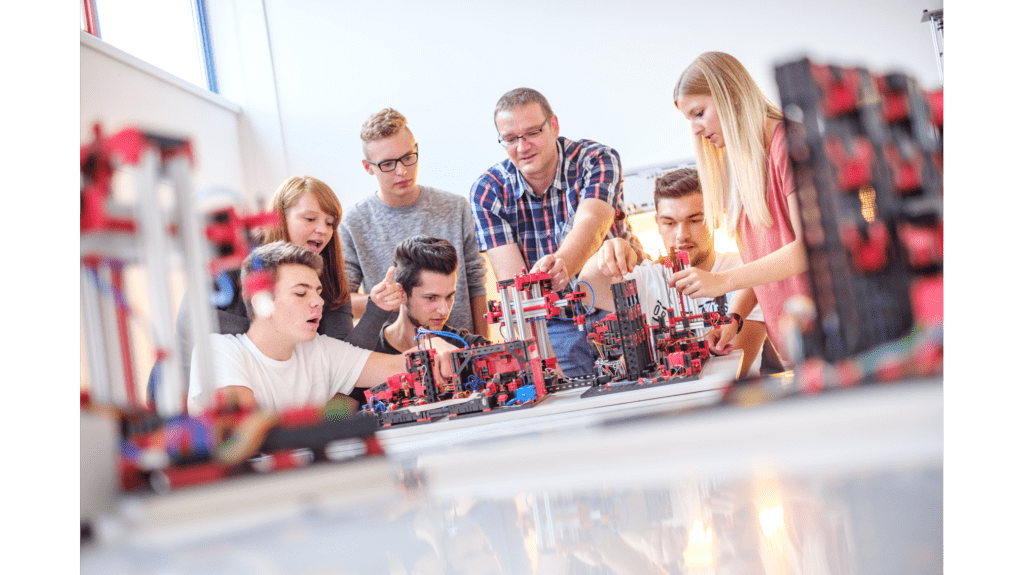Der VARIOBOT varikabi Steckbausatz ist ein innovatives, analoges Mini-Roboter-Kit, das entwickelt wurde, um Kindern und Jugendlichen ab 8 Jahren einen spielerischen und lehrreichen Einstieg in die Welt der Elektronik und Robotik zu ermöglichen. Dieser in Deutschland entwickelte und produzierte Bausatz zeichnet sich durch seine Vielseitigkeit, einfache Handhabung und pädagogischen Wert aus.
Technische Spezifikationen und Funktionen
Sensorik
Der varikabi ist mit drei hochsensiblen Lichtsensoren ausgestattet. Diese Sensoren können selbst kleinste Helligkeitsunterschiede wahrnehmen, was dem Roboter eine präzise Reaktion auf seine Umgebung ermöglicht.
Steuerung
Ein besonderes Merkmal des varikabi ist seine analoge Steuerung. Im Gegensatz zu vielen modernen Roboter-Kits, die auf digitale Programmierung setzen, funktioniert der varikabi über eine einfache analoge Schaltung mit nur zwei Transistoren. Dies macht den Bausatz besonders geeignet für Einsteiger, da keine Programmierkenntnisse erforderlich sind. Gleichzeitig vermittelt es grundlegende Prinzipien der Elektronik auf anschauliche Weise.
Verhaltensweisen
Der varikabi kann 12 verschiedene Verhaltensweisen zeigen, die durch einfache Umstellungen der Steckverbindungen aktiviert werden können:
- Hindernisvermeidung mit Fluchtverhalten
- Linienfolgen
- Licht- und Schattenverfolgung
- Objekte verschieben
- Kreisen auf hellen oder dunklen Flächen
- Suchen von Lichtquellen
- Flucht vor Lichtquellen
- Verfolgen von Objekten
- Vermeiden von Hindernissen
- Erkennen von Tischkanten
- Bewegen in Richtung heller Flächen
- Bewegen in Richtung dunkler Flächen
Bauweisen
Der varikabi kann in sieben verschiedenen Konfigurationen zusammengebaut werden:
- Käfer
- Hund
- Vogel
- Seelöwe
- Frosch
- Maus
- Giraffe
Jedes Tier hat seine eigene Farbe, achtet beim Bestellen also darauf, welches Tier ihr genau bauen möchtet!
Montage und Handhabung
Einfacher Aufbau
Der varikabi ist als Steckbausatz konzipiert, was bedeutet, dass alle Teile ohne Löten zusammengesteckt werden können. Dies macht den Bausatz sicher und einfach in der Handhabung, selbst für jüngere Kinder. Für den Aufbau werden lediglich eine kleine Zange und ein Seitenschneider benötigt.
Benötigtes Zubehör
Zum Betrieb des Roboters wird eine 9V-Batterie benötigt, die nicht im Lieferumfang enthalten ist. Mit einer Batterie kann der varikabi bis zu 12 Stunden lang betrieben werden, was für ausgiebiges Experimentieren und Spielen sorgt.
Pädagogischer Wert und Einsatzmöglichkeiten
Auszeichnungen
Der varikabi wurde mit dem renommierten „spiel gut“-Siegel ausgezeichnet. Diese Auszeichnung unterstreicht den hohen pädagogischen Wert des Bausatzes und bestätigt seine Eignung als lehrreiches Spielzeug.
MINT-Förderung
Der Bausatz eignet sich hervorragend zur Förderung von MINT-Fähigkeiten (Mathematik, Informatik, Naturwissenschaften und Technik). Durch den praktischen Umgang mit dem varikabi lernen Kinder grundlegende Konzepte der Elektronik, Mechanik und Robotik kennen. Erlernte analoge Schaltungen lassen sich später mit einem anderen digitalen, programmierbaren Robotersystem nachstellen und in Code übertragen.
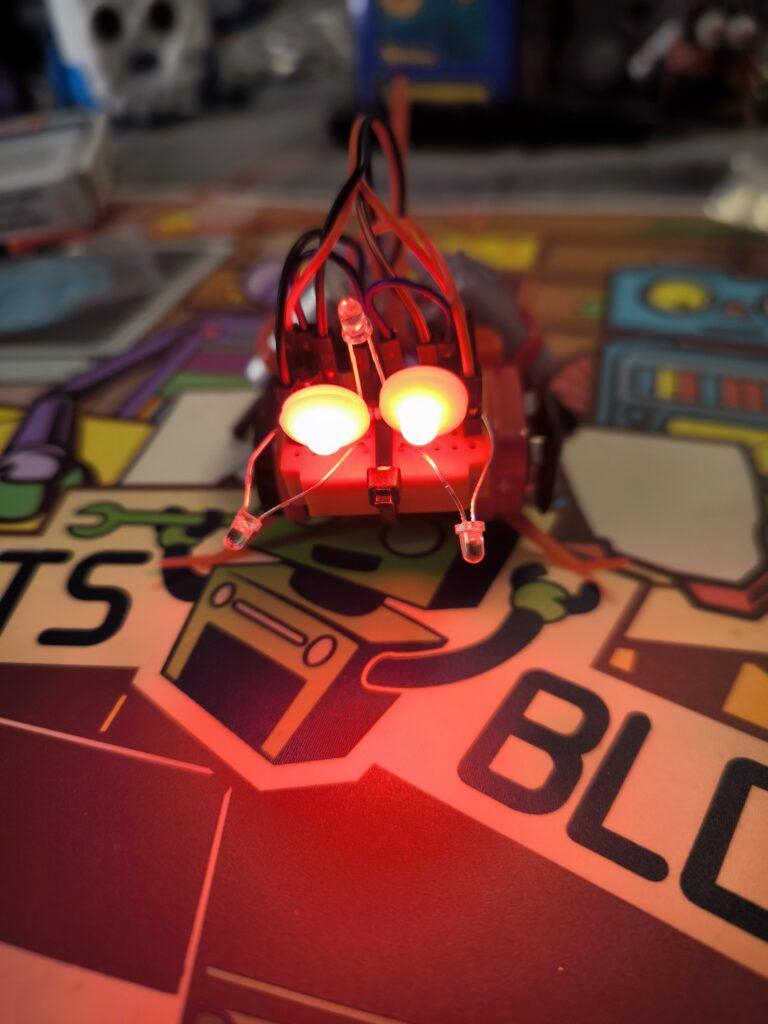
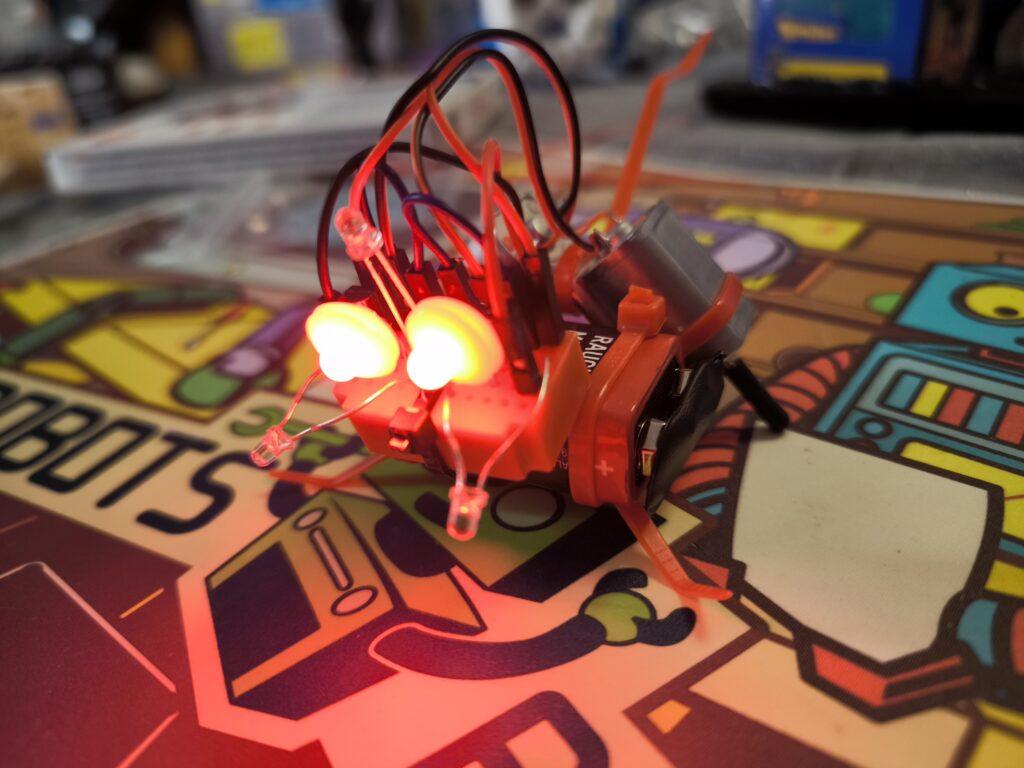
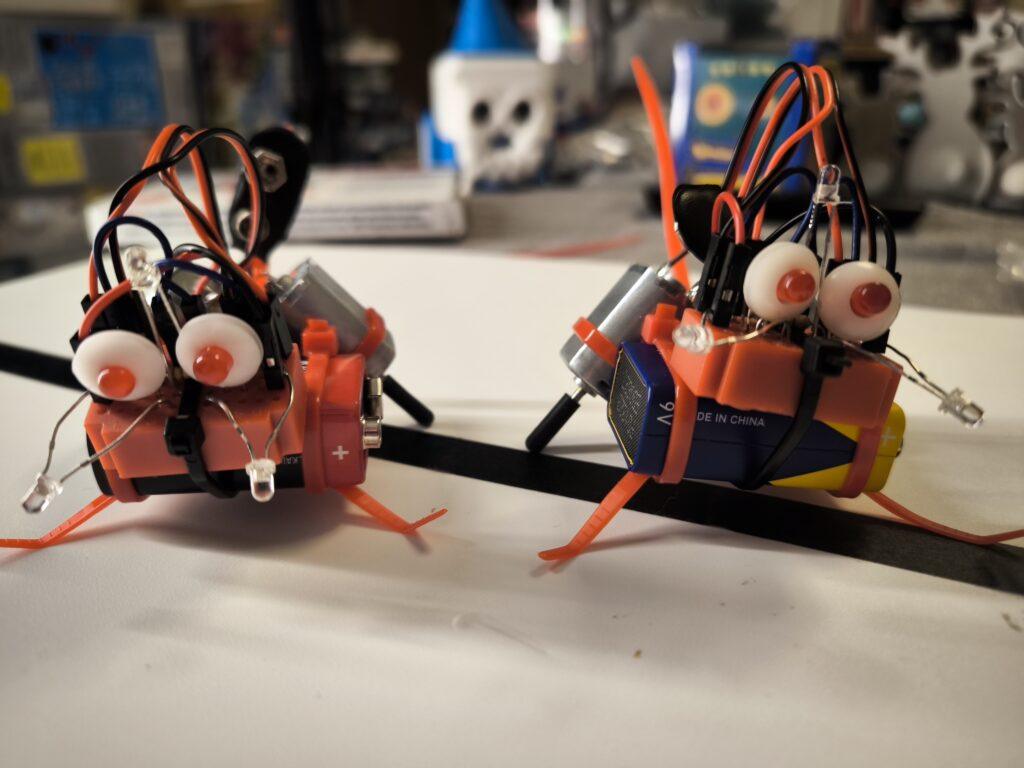
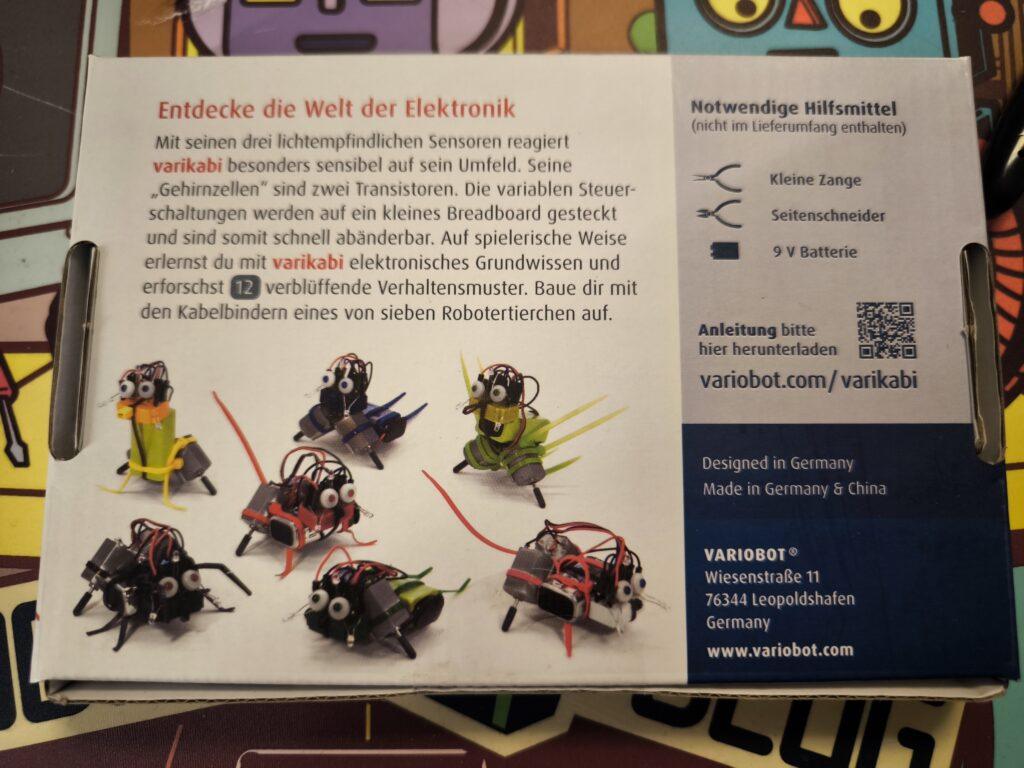
Varianten und Erweiterungen
varikabi FT
Neben dem Standardmodell gibt es auch eine Variante namens varikabi FT, die mit Fischertechnik-Bausteinen kompatibel ist. Dies eröffnet zusätzliche Möglichkeiten zur Erweiterung und Anpassung des Roboters.
Zubehör und Ersatzteile
VARIOBOT bietet verschiedene Zubehör- und Ersatzteile an, um den Roboter zu erweitern oder bei Bedarf zu reparieren. Dies verlängert die Nutzungsdauer und ermöglicht kontinuierliches Lernen und Experimentieren.
Fazit
Der VARIOBOT varikabi Steckbausatz ist ein durchdachtes, vielseitiges und pädagogisch wertvolles Produkt, das Kindern und Jugendlichen einen spannenden Einstieg in die Welt der Robotik und Elektronik bietet. Durch seine analoge Funktionsweise, die einfache Montage und die Vielzahl an Konfigurationsmöglichkeiten fördert er nicht nur technisches Verständnis, sondern auch Kreativität und problemlösendes Denken. Als in Deutschland entwickeltes und produziertes Produkt steht der varikabi zudem für Qualität und Nachhaltigkeit im Bildungsspielzeugbereich.
